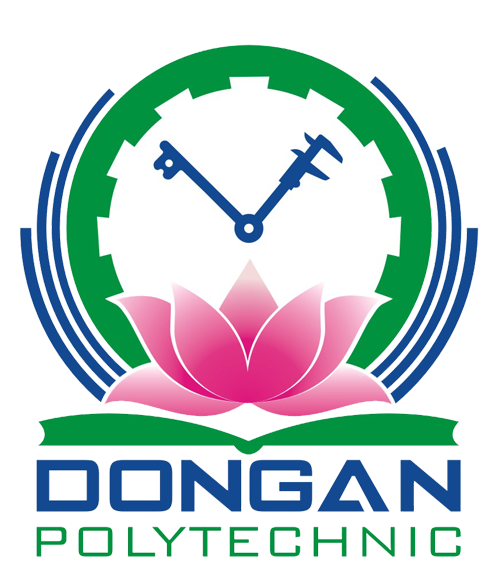
Before any project kicks off—before the tasks, milestones, and deliverables begin—there’s one foundational step that sets the tone: the project proposal.
Whether you're working with internal stakeholders or external clients, crafting a clear, well-thought-out project management proposal ensures that everyone starts on the same page. In this guide, we’ll explore what a project proposal is, why it matters, how it differs from other project documents, and how to write one that actually gets approved.
What Is a Project Proposal?
A project proposal is a formal document that outlines a proposed project, including its goals, scope, timeline, deliverables, resources, and potential risks. It acts as a blueprint for what you plan to do, why it's worth doing, and how you'll get it done.
In short, a project proposal answers the following key questions:
-
What are we trying to solve?
-
Why is this project worth doing?
-
What will it involve?
-
How long will it take?
-
What are the expected outcomes?
-
What support/resources will be needed?
Whether you're proposing an internal software upgrade or a client-facing marketing campaign, a strong proposal builds confidence and sets the direction for success.
Key Elements of a Project Proposal
A complete and convincing project management proposal usually includes:
-
Executive Summary – A brief overview of the proposed project
-
Background/Problem Statement – Why the project is needed
-
Objectives and Goals – What the project aims to achieve
-
Scope of Work – What’s included (and what’s not)
-
Timeline and Milestones – Estimated phases and delivery dates
-
Resources and Budget – People, tools, and cost estimates
-
Risk Assessment – Potential issues and mitigation strategies
-
Expected Outcomes – What success looks like
-
Approval and Next Steps – How to move forward
Project Proposal vs. Project Plan vs. Project Contract
Understanding how a project proposal differs from other documents is critical in project management. Each serves a different purpose and is used at different stages.
✅ Project Proposal
A project proposal is the first step—it's about convincing stakeholders to greenlight a proposed project. It outlines the "what" and "why."
✅ Project Plan
Once a proposal is approved, the project plan kicks in. It focuses on the "how"—task breakdown, timelines, dependencies, and resource allocation.
✅ Project Contract
A project contract is a formal agreement between parties—often legally binding—outlining deliverables, timelines, payments, and terms.
When to Use Each Document
| Document | When to Use |
|---|---|
| Project Proposal | When seeking approval for a new project |
| Project Plan | After project approval, for execution |
| Project Contract | For formal agreements with clients |
Why Does a Project Proposal Matter?
Writing a project proposal isn’t just an administrative step—it’s a strategic move. Here's why:
-
🎯 Clarity for All Parties: Everyone understands the project’s purpose and scope
-
✅ Faster Approvals: A well-written proposal removes ambiguity and inspires trust
-
📈 Better Resource Planning: Teams can estimate time, effort, and cost accurately
-
🔄 Reduced Scope Creep: Defining the scope early helps avoid misaligned expectations
-
💬 Improved Communication: Stakeholders can give early feedback and buy-in
Crafting a Proposal That Stands Out
Use these best practices to make your project proposals more persuasive:
-
Be clear and concise: Avoid jargon and make the value obvious
-
Use visuals: Timelines, budgets, and charts improve readability
-
Customize: Tailor the proposal to the audience's priorities
-
Show impact: Focus on benefits, not just deliverables
-
Use a collaborative tool: Solutions like Celoxis allow teams to draft, share, review, and track proposals in one place
Setting Expectations on Both Sides
When done right, a project proposal is more than a pitch—it’s the first agreement between the team and stakeholders. It lays the groundwork for trust, accountability, and measurable outcomes.
By aligning goals and setting expectations early, you minimize surprises, reduce rework, and build stronger relationships with your clients or internal teams.
Conclusion: The Strategic Advantage of a Well-Developed Proposal
A great project management proposal is part vision, part roadmap. It doesn’t just secure project approval—it drives alignment, commitment, and clarity.
In a world where stakeholders are flooded with requests and competing priorities, your ability to communicate your proposed project clearly and confidently could be the difference between a delayed conversation and a greenlighted success.
With tools like Celoxis, you can integrate your proposals, plans, and project execution in one powerful platform—keeping everyone on the same page from pitch to delivery.



